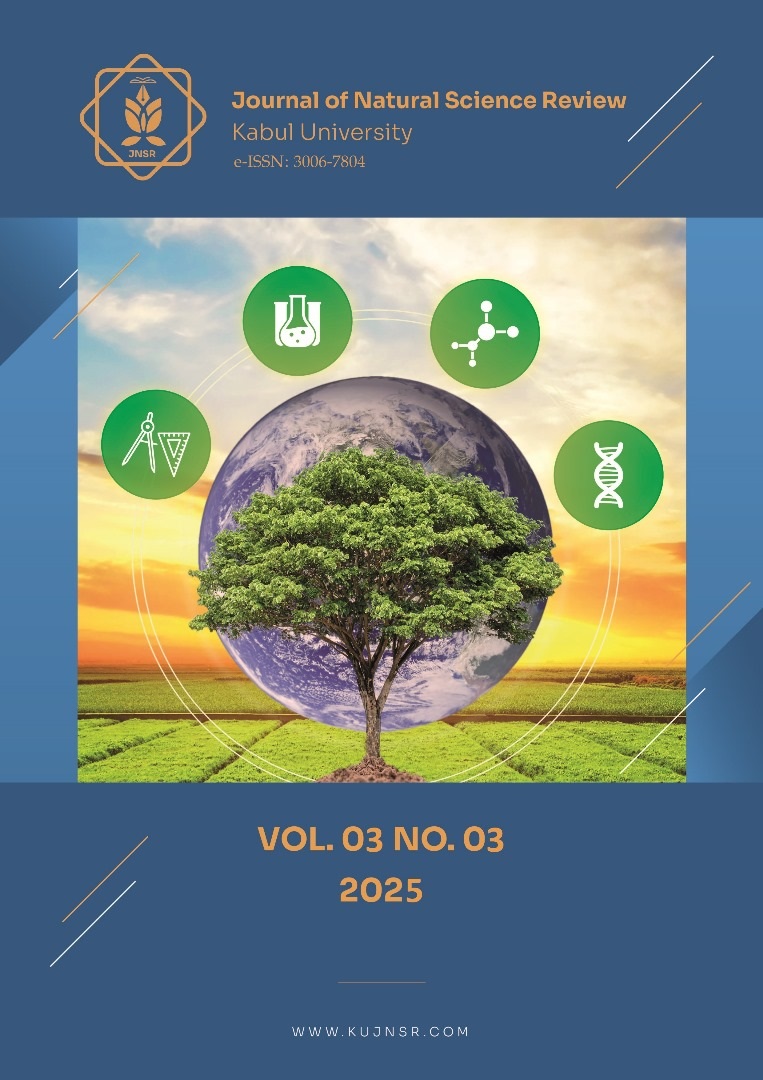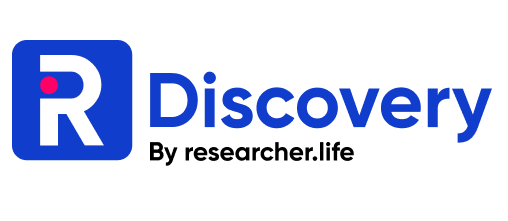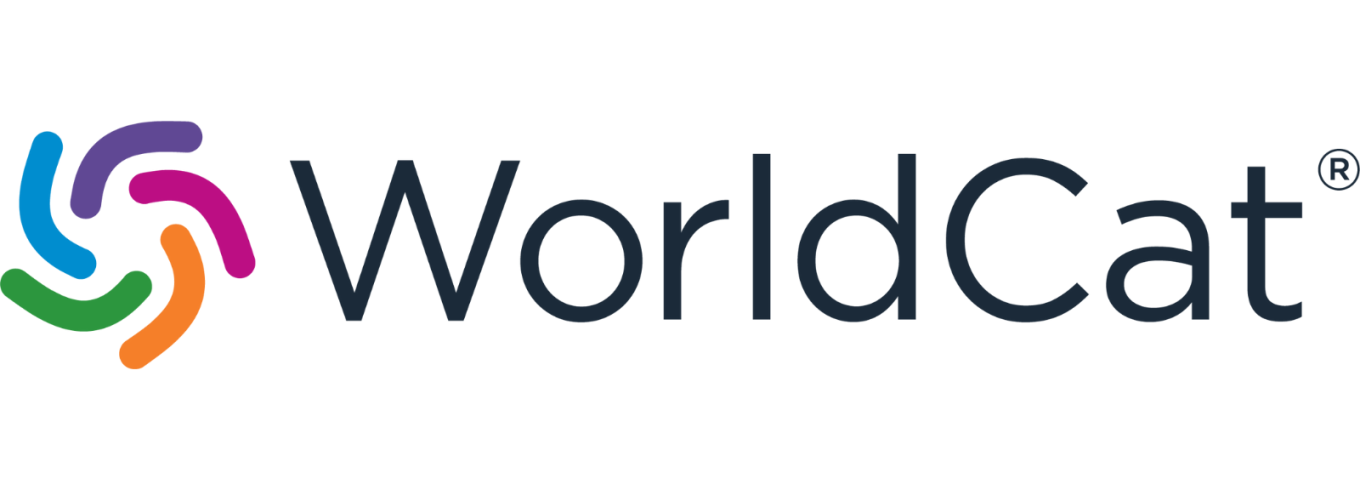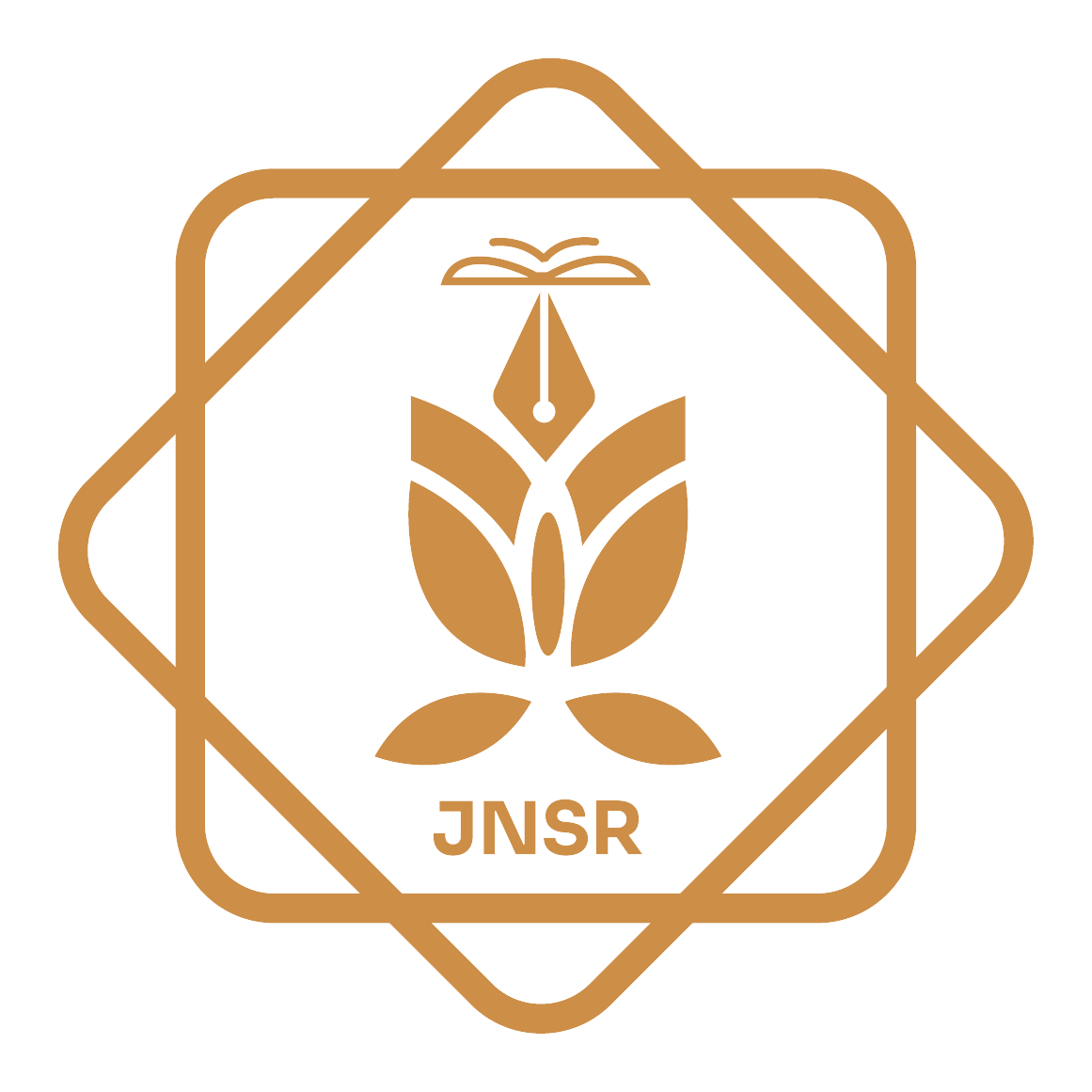Evaluation of Iodine Status Among 6–12-Year-Old Children and Iodized Salt Quality in Khogiani District, Afghanistan
DOI:
https://doi.org/10.62810/jnsr.v3i3.271Keywords:
Iodine deficiency, Iodized salt, , Goiter, Urinary iodine concentrationAbstract
Despite reports from the World Health Organization (WHO) highlighting iodine deficiency in various regions of Afghanistan, empirical data for the Khogiani district remain scarce, despite clinical signs suggesting its presence. "This study aimed to assess the prevalence of iodine deficiency among children aged 6–12 years and to evaluate the quality of iodized edible salt in the Khogiani District” A cross-sectional community-based and experimental design was employed. Urinary iodine concentration (UIC) was measured using the Sandell-Kolthoff reaction (spectrophotometric method), while iodine levels in salt samples were determined via iodometric titration. The sample size was calculated using the Cochrane formula, and data were analyzed using descriptive and inferential statistics. Participants were selected via convenience sampling. The overall prevalence of iodine deficiency (UIC: 50–99 µg/L) was 13%, with 1.8% of children exhibiting palpable goiter (grades 1–2). The highest deficiency rates were observed in Wazir and Pirakhel villages. Additionally, 75.1% of salt samples had inadequate iodine content (<15 ppm), with powdered salt being particularly unreliable. Mild iodine deficiency persists among children in Khogiani, and a significant proportion of iodized salt fails to meet the required standards. Public health interventions should prioritize stricter salt iodization monitoring and alternative strategies to ensure adequate iodine intake.
Downloads
References
Abbag, F. I., Abu-Eshy, S. A., Mahfouz, A. A., Alsaleem, M. A., Alsaleem, S. A., Patel, A. A., Mirdad, T. M., Shati, A. A., & Awadalla, N. J. (2021). Iodine deficiency disorders as a predictor of stunting among primary school children in the Aseer region, southwestern Saudi Arabia. International Journal of Environmental Research and Public Health, 18(14), 7644. https://doi.org/10.3390/ijerph18147644 DOI: https://doi.org/10.3390/ijerph18147644
Aydın, H. N. Y. K. (1993). Iodine deficiency. Ceskoslovenská Pediatrie, 48(7), 388–390. https://doi.org/10.56941/odutip.1277012 DOI: https://doi.org/10.56941/odutip.1277012
Chudasama, R., Patel, U. V., Ravikant, R., & Verma, P. H. (2011). Iodine deficiency disorders in 6–12 years old rural primary school children in Kutch district, Gujarat. Indian Pediatrics, 48(6), 453–456. https://doi.org/10.1007/s13312-011-0077-y DOI: https://doi.org/10.1007/s13312-011-0077-y
Dah, I. G., & Dah, L. (2012). Iodine intake in human nutrition: A systematic literature review. Food & Nutrition Research, 56(1), 19731. https://doi.org/10.3402/fnr.v56i0.19731 DOI: https://doi.org/10.3402/fnr.v56i0.19731
Delange, F., Benoist, B. D., & Bürgi, H. (2002). Determining median urinary iodine concentration that indicates adequate iodine intake at population level. Bulletin of the World Health Organization, 80(8), 633–636. https://doi.org/10.1590/S0042-96862002000800011
Diosady, L. L., Alberti, J. O., FitzGerald, S., & M. G. V. M. A. (1999). Field tests for iodate in salt. Nutrition Journal, 20(2), 208–214. https://doi.org/10.1186/s40795-022-00583-y DOI: https://doi.org/10.1177/156482659902000205
Eriksson, J., Barregard, L., Sallsten, G., Berlinger, B., Weinbruch, S., Manousou, S., Ellingsen, D. G., & Nyström, H. F. (2015). Prevalence of goiter and iodine status among 6–12 years school-age children in district Kohat, Pakistan. South East Asia Journal of Public Health, 4(2), 42–46. https://doi.org/10.3329/seajph.v4i2.23694
Fahimid, O., Shahim, S., Shams, A. N., Muhammadi, F., & Ahmadzai, A. E. (2023). Double burden of malnutrition in Afghanistan: Secondary analysis of a national survey. PLOS ONE, 18(5), e0284952. https://doi.org/10.1371/journal.pone.0284952 DOI: https://doi.org/10.1371/journal.pone.0284952
Hye Rim Chung, M. D. (2019). Screening and management of thyroid dysfunction in preterm infants. Annals of Pediatric Endocrinology & Metabolism, 24(1), 15–21. https://doi.org/10.6065/apem.2019.24.1.15 DOI: https://doi.org/10.6065/apem.2019.24.1.15
IBM Corp. (2016). IBM SPSS Statistics for Windows (Version 24.0) [Computer software]. IBM Corp. https://www.ibm.com/products/spss-statistics
Kamilla, N. C. G. S. A. I. N. (2022). Nutritional status of iodine in a group of pregnant women from the State of Minas Gerais correlated with neonatal thyroid function. Revista Brasileira de Ginecologia e Obstetrícia, 44(10), 909–914. https://doi.org/10.1055/s-0042-1756147 DOI: https://doi.org/10.1055/s-0042-1756147
Kapil, U., Singh, P., Dwivedi, S. N., & Pathak, P. (2004). Profile of iodine content of salt and urinary iodine excretion levels in selected districts of Tamil Nadu. Indian Journal of Pediatrics, 71(9), 785–787. https://doi.org/10.1007/BF02730711 DOI: https://doi.org/10.1007/BF02730711
Knowles, J., Codling, K., Houston, R., & Gorstein, J. (2023). Introduction to the programme guidance for the use of iodised salt in processed foods and its pilot implementation, strengthening strategies to improve iodine status. PLOS ONE, 18(10), e0274301. https://doi.org/10.1371/journal.pone.0274301 DOI: https://doi.org/10.1371/journal.pone.0274301
Korobitsyna, R., Aksenov, A., Sorokina, T., Trofimova, A., Sobolev, N., Grjibovski, A. M., Chashchin, V., & Thomassen, Y. (2020). Iodine status of women and infants in Russia: A systematic review. International Journal of Environmental Research and Public Health, 17(22), 8346. https://doi.org/10.3390/ijerph17228346 DOI: https://doi.org/10.3390/ijerph17228346
McDonald, C. M., Brown, K. H., Goh, Y. E., et al. (2022). Quintuply-fortified salt for the improvement of micronutrient status among women of reproductive age and preschool-aged children in Punjab, India: Protocol for a randomized, controlled, community-based trial. BMC Nutrition, 8(1), 107. https://doi.org/10.1186/s40795-022-00583-y DOI: https://doi.org/10.1186/s40795-022-00583-y
Meththika, V. (2016). Iodine in commercial edible iodized salts and assessment of iodine exposure in Sri Lanka. Archives of Public Health, 74(1), 13. https://doi.org/10.1186/s13690-016-0133-0 DOI: https://doi.org/10.1186/s13690-016-0133-0
Mirete, E. D. D. M. B. (2023). Investigation of the effects of heat and light on iodine content of packaged and open salt brands collected from Jimma town. Heliyon, 9(10), e20412. https://doi.org/10.1016/j.heliyon.2023.e20412 DOI: https://doi.org/10.1016/j.heliyon.2023.e20412
N. Gururaj, R. G. A., D. K. B., S. A., P. K., B. G. D. (2020). Iodine deficiency disorders survey among 6–12 years school-going children in North Karnataka region: Is it still a public health problem? Annals of Community Health, 8(3), 72–76. https://doi.org/10.4103/jfmpc.jfmpc_2021_22 DOI: https://doi.org/10.4103/jfmpc.jfmpc_2021_22
Oberlin, O., Plantin-Carrenard, E., Rigal, O., & Wilkinson, C. (2006). Goitre and iodine deficiency in Afghanistan: A case–control study. British Journal of Nutrition, 95(1), 196–203. https://doi.org/10.1079/BJN20051581 DOI: https://doi.org/10.1079/BJN20051581
Poyesh, N., Hassrat, H., Mohammadi, A. A., Thorson, J. E., Mirzaei, Z., & Ahmadi, F. (2015). Child notice Afghanistan. UNICEF. https://www.unicef.org/afghanistan/sites/unicef.org.afghanistan/files/2018-02/afg-report-childnotice2015.pdf
Qureshi, A. S. (2020). Effect of chronic/high iodine intake on thyroid function and fertility. EC Veterinary Science, 5(1), 1–9. https://doi.org/10.31080/ecve.2020.05.00128
Senait, T., Hymete, A., & Lema, M. (2022). Iodine status, household salt iodine content, knowledge and practice assessment among pregnant women in Butajira, South Central Ethiopia. PLOS ONE, 17(11), e0277208. https://doi.org/10.1371/journal.pone.0277208 DOI: https://doi.org/10.1371/journal.pone.0277208
Shaikh, F., Mumtaz, S. N., & Shaikh, A. A. (2022). Concerns of iodized salt and its effects for women seeking antenatal care in Pakistan. Pakistan Journal of Medical Sciences, 38(8), 2220–2225. https://doi.org/10.12669/pjms.38.8.5220 DOI: https://doi.org/10.12669/pjms.38.8.5220
Skeaff, S. A., Thomson, C. D., Wilson, N., & Parnell, W. R. (2012). A comprehensive assessment of urinary iodine concentration and thyroid hormones in New Zealand schoolchildren: A cross-sectional study. Nutrition Journal, 11(1), 31. https://doi.org/10.1186/1475-2891-11-31 DOI: https://doi.org/10.1186/1475-2891-11-31
Subhan, F., Jahangir, M., Saira, S., Khattak, R. K., Shahab, M., Haq, M. N. K., & Phil, M. (2015). Prevalence of goiter and iodine status among 6–12 years school-age children in district Kohat, Pakistan. South East Asia Journal of Public Health, 4(2), 42–46. https://doi.org/10.3329/seajph.v4i2.23694 DOI: https://doi.org/10.3329/seajph.v4i2.23694
Sugandha, J., Agarwala, M., Ali, W., Singh, V. K., & Tripathi, M. (2020). Status of iodine in rural pregnant women of different trimesters in Lucknow: A cross-sectional study. Clinical Epidemiology and Global Health, 8(4), 1195–1203. https://doi.org/10.1016/j.cegh.2020.04.013 DOI: https://doi.org/10.1016/j.cegh.2020.04.013
Sun, D., Codling, K., Chang, S., Zhang, S., Shen, H., Su, X., Chen, Z., Scherpbier, R. W., & Yan, J. (2017). Eliminating iodine deficiency in China: Achievements, challenges, and global implications. Nutrients, 9(4), 361. https://doi.org/10.3390/nu9040361 DOI: https://doi.org/10.3390/nu9040361
Sun, H., & Wang, H. (2020). Association between urinary iodine concentration and thyroid nodules in adults: A cross-sectional study in China. BioMed Research International, 2020, 4138657. https://doi.org/10.1155/2020/4138657 DOI: https://doi.org/10.1155/2020/4138657
Urmatova, B., Shin, H., Shon, S., Abdyldayeva, Z., Ishaeva, E., & Knyazeva, V. (2021). Prevalence of iodine deficiency among school children from new settlement in Kyrgyzstan. Children, 8(9), 817. https://doi.org/10.3390/children8090817 DOI: https://doi.org/10.3390/children8090817
Verhagen, N. J. E., Gowachirapant, S., Winichagoon, P., Andersson, M., Melse-Boonstra, A., & Zimmermann, M. B. (2020). Iodine supplementation in mildly iodine-deficient pregnant women does not improve maternal thyroid function or child development: A secondary analysis of a randomized controlled trial. Frontiers in Endocrinology, 11, 572984. https://doi.org/10.3389/fendo.2020.572984 DOI: https://doi.org/10.3389/fendo.2020.572984
Watts, M. J., Joy, E. J. M., Young, S. D., Broadley, M. R., Chilimba, A. D. C., Gibson, R. S., Siyame, E. W. P., Kalimbira, A. A., Chilima, B., & Ander, E. L. (2015). Iodine source apportionment in the Malawian diet. Scientific Reports, 5, 15251. https://doi.org/10.1038/srep15251 DOI: https://doi.org/10.1038/srep15251
Zimmermann, M. B., & Boelaert, K. (2015). Iodine deficiency and thyroid disorders. The Lancet Diabetes & Endocrinology, 3(4), 286–295. https://doi.org/10.1016/S2213-8587(14)70225-6 DOI: https://doi.org/10.1016/S2213-8587(14)70225-6
Downloads
Published
How to Cite
Issue
Section
License
Copyright (c) 2025 Bashir Ahmad Bashir, Ziauddin Azimi, Mirwais Zazai, Jawed Ahmad Oneeb

This work is licensed under a Creative Commons Attribution-NonCommercial 4.0 International License.



























